Come to Tuc Dup Hill - the silent "stone fortress" nestled on the side of Co To Mountain in the majestic picture of That Son. That hill is not as proud as Cam Mountain, not as mysterious as Dai Mountain, but this is the place that has engraved the most tragic marks of war, worthy of being honored by the people of An Giang as the "first witness" of the Seven Mountains region.
Forever twenty
Eternal Great Wall
Only 216 meters high, the hill is made up of thousands of stacked granite blocks, forming a maze of caves that intertwine like a honeycomb. The name "Tuc Dup" comes from the Khmer word Tuk Chup - "night stream", because in the heart of the mountain there is an underground stream that babbles when night falls, nurturing a lush green ecosystem among the burning rocks. The rugged terrain and year-round water source turn the hill into a natural fortress.
50 years of so much love
During the years of resistance against the US, Tuc Dup was chosen by the An Giang armed forces as a base in the basin. More than 100 large and small caves were connected by secret passages, enough to hide an entire battalion and a military supply depot. Under the shade of Sao and Vo Me trees, many important conferences of the Provincial Party Committee and the Provincial Military Command took place, outlining plans to control the Southwest Delta, contributing greatly to the great victory of the nation.
Break out of the ambush from all sides
The most tragic climax lasted for 128 days and nights, from November 17, 1968 to March 24, 1969. The enemy and Saigon used all their strength, pouring down on the hill known as "the last resistance nest" more than two million USD in reward money for anyone who could level the hill - a sum enough to create the nickname "Two Million Dollar Hill".
The artifacts have proven everything (source: Thanh Khiet)
On average, every day, Tuc Dup endured hundreds of 105mm artillery shells, rockets, and napalm bombs, but remained exceptionally tough. That fierce battle ended in the enemy's defeat; the hill remained firm, keeping the revolutionary forces' faith and determination to win.
After the war, Tuc Dup was thought to have become a "dead land": broken rocks, burnt trees, and cluster bombs scattered everywhere. It was not until the 1980s that An Giang people started to restore, clear mines, replant casuarina forests, and build wooden bridges to large caves. In 1986, the Ministry of Culture, Sports and Tourism ranked this place as a National Historical Site, recognizing the contributions of hundreds of fallen soldiers.
Beautiful peace
Today, passing through the red-tiled gate and the endless shape of trees and grass, visitors are lost in a unique natural and historical "stone museum": enemy weapons "remaining instead of people", deep tunnels, watchtowers overlooking the immense rice fields, Hoang Cam kitchen still smelling of smoke...
In the middle of the green space, the indomitable monument rises up, depicting the image of a soldier holding his gun firmly amidst the rain of bombs. The sound of the wind like a bell hitting the cliff sounds like the echo of 128 sleepless nights, causing the footsteps of the traveler to suddenly calm down.
The footsteps of the traveler suddenly stopped
From the top of the hill, the rice paddies turned honey-colored, sparkling in the sunlight. The peaceful scene was even more heartbreaking when thinking about the bomb craters still imprinted on the slopes that had been covered with lush green carpets. Many veterans have now become "reluctant tour guides", recounting stories of comrades who sacrificed themselves at the entrance to Cave 4, or of hasty meals by the underground stream amid the roar of planes. Each story was a hoe digging deep into memories, revealing layers of painful and proud sediment.
In the middle of the 21st century, Tuc Dup still humbly serves as the lighthouse of Phung Hoang Son. Every crack, every stone retains the breath of many lives that have fallen for independence.
Entrance to Tuc Dup cave maze - Source: Thanh Khiet
History is not only contained in books, but is throbbing right under your feet. Coming to Tuc Dup, lighting an incense stick before the memorial tablet of the heroes, listening to the wind blowing through the deep tunnel, you will see the full meaning of the two words "peace" and the responsibility to preserve the tearful but heroic heritage of the Bay Nui region.
Source: https://nld.com.vn/de-nhat-chung-danh-cua-vung-bay-nui-an-giang-tuc-dup-anh-hung-196250416084858865.htm


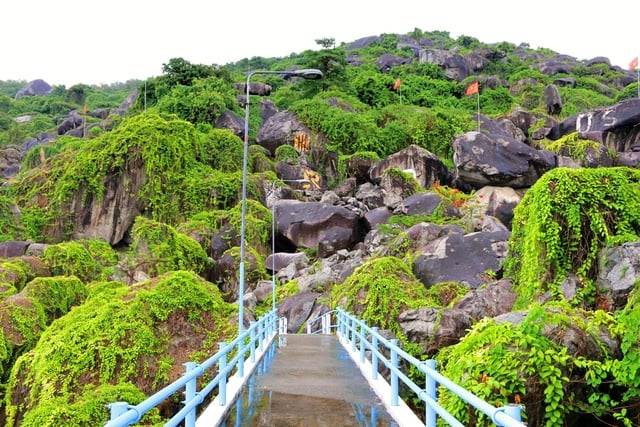
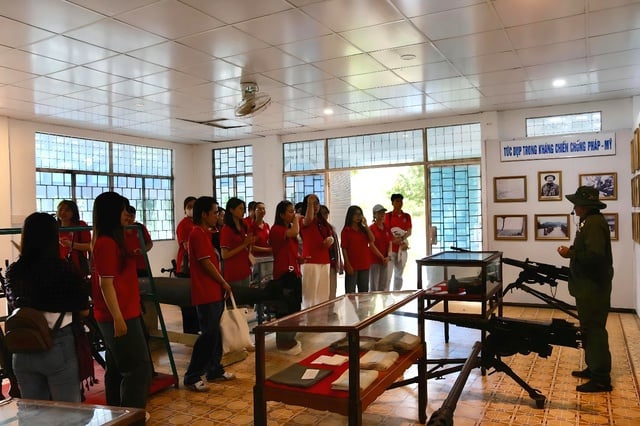

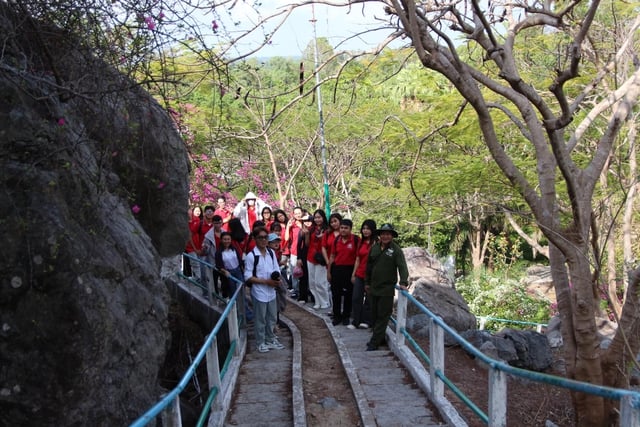
![[Photo] General Secretary To Lam receives French Ambassador to Vietnam Olivier Brochet](https://vstatic.vietnam.vn/vietnam/resource/IMAGE/2025/4/17/49224f0f12e84b66a73b17eb251f7278)
![[Photo] Closing of the 4th Summit of the Partnership for Green Growth and the Global Goals](https://vstatic.vietnam.vn/vietnam/resource/IMAGE/2025/4/17/c0a0df9852c84e58be0a8b939189c85a)
![[Photo] Nhan Dan Newspaper announces the project "Love Vietnam so much"](https://vstatic.vietnam.vn/vietnam/resource/IMAGE/2025/4/17/362f882012d3432783fc92fab1b3e980)
![[Photo] National Assembly Chairman Tran Thanh Man meets with outstanding workers in the oil and gas industry](https://vstatic.vietnam.vn/vietnam/resource/IMAGE/2025/4/17/1d0de4026b75434ab34279624db7ee4a)

![[Photo] Promoting friendship, solidarity and cooperation between the armies and people of the two countries](https://vstatic.vietnam.vn/vietnam/resource/IMAGE/2025/4/17/0c4d087864f14092aed77252590b6bae)
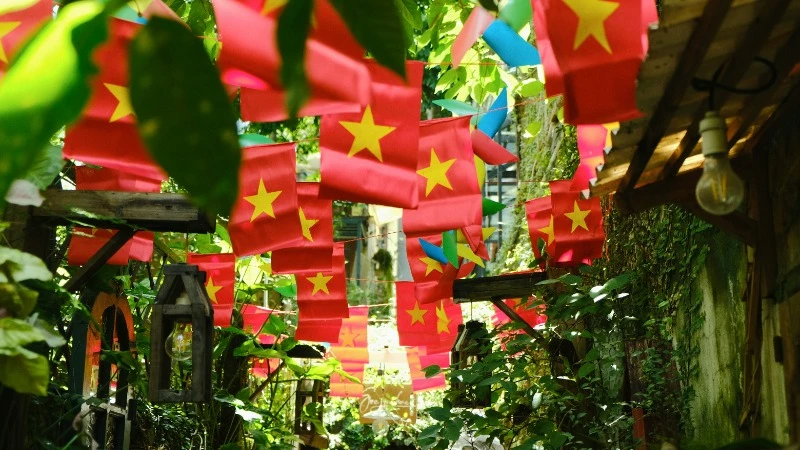



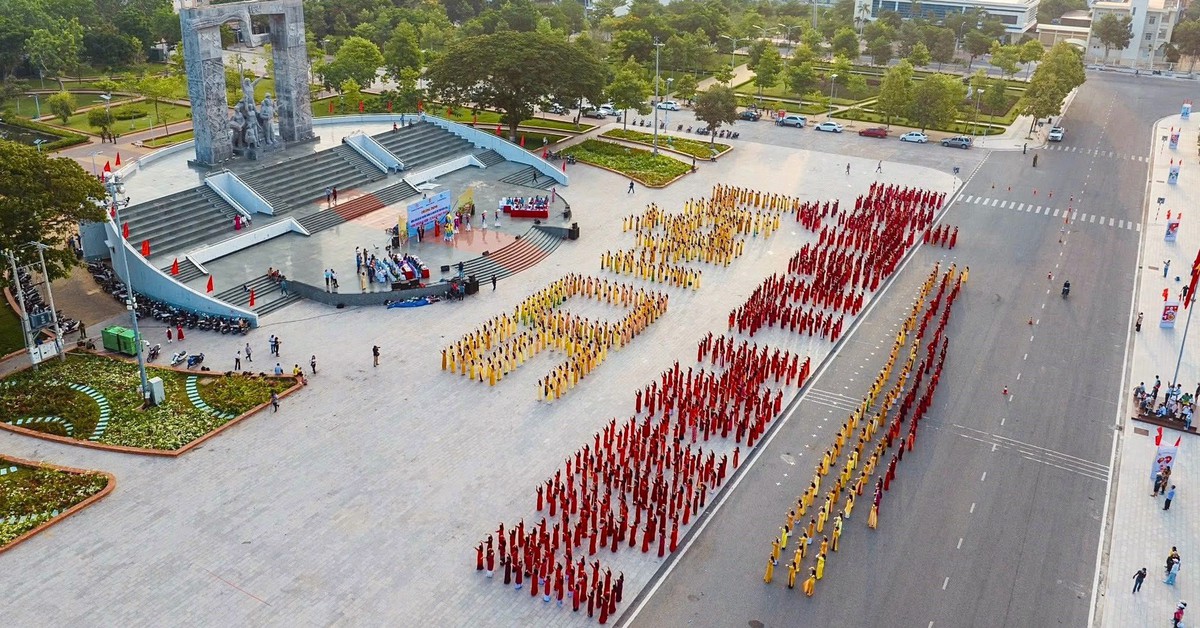
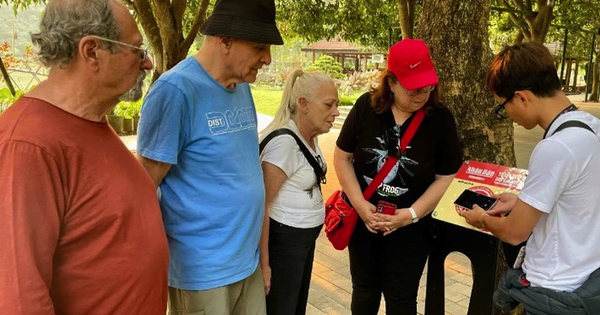










![[Photo] Welcoming ceremony for Chinese Defense Minister and delegation for friendship exchange](https://vstatic.vietnam.vn/vietnam/resource/IMAGE/2025/4/17/fadd533046594e5cacbb28de4c4d5655)




























![[Video] Viettel officially puts into operation the largest submarine optical cable line in Vietnam](https://vstatic.vietnam.vn/vietnam/resource/IMAGE/2025/4/17/f19008c6010c4a538cc422cb791ca0a1)

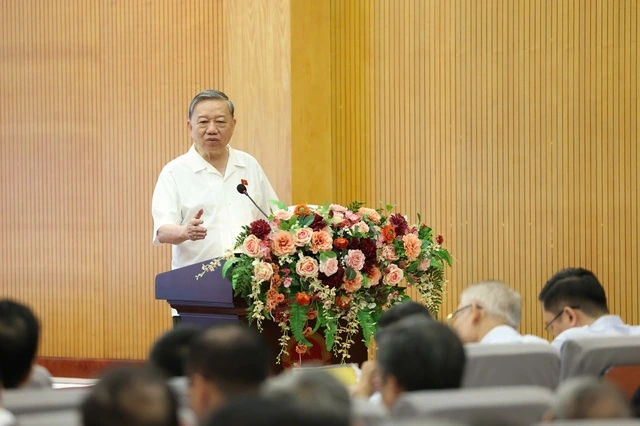





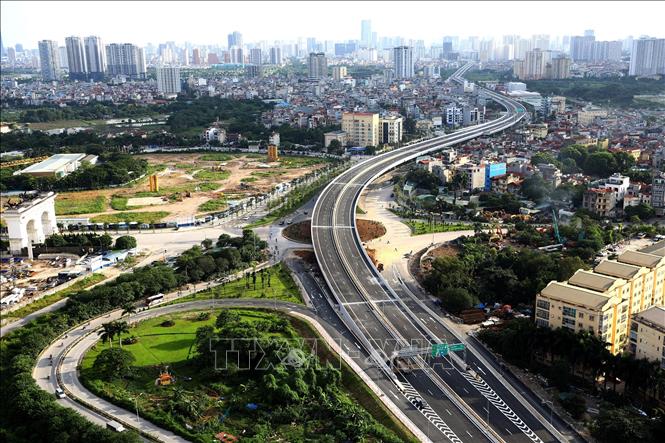



















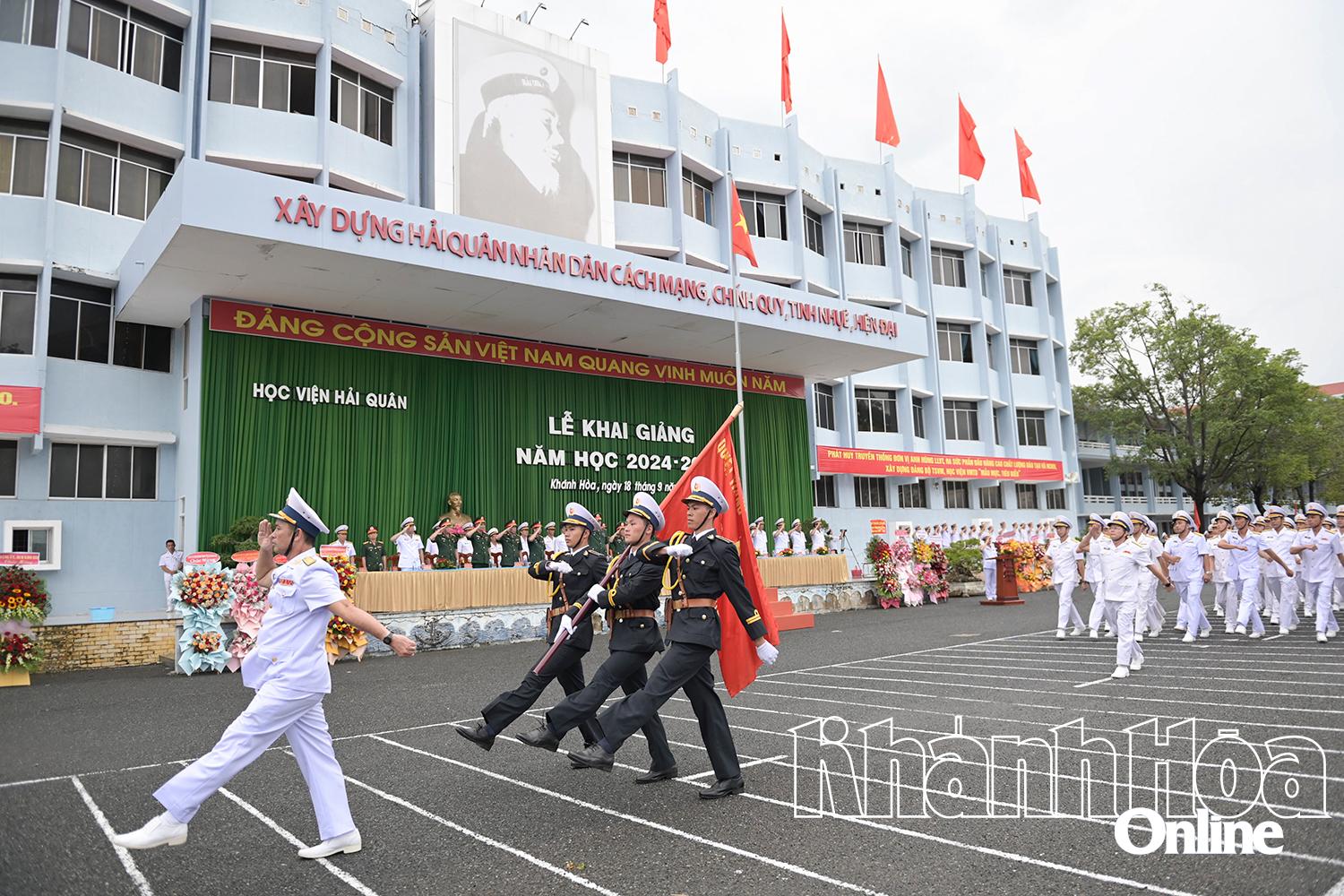












Comment (0)